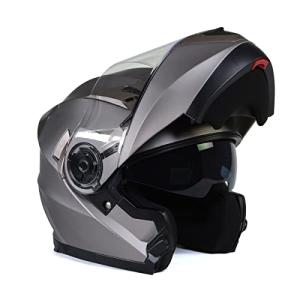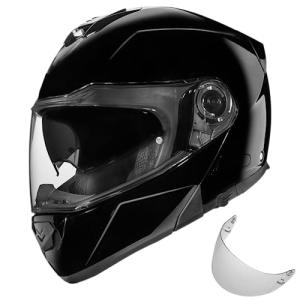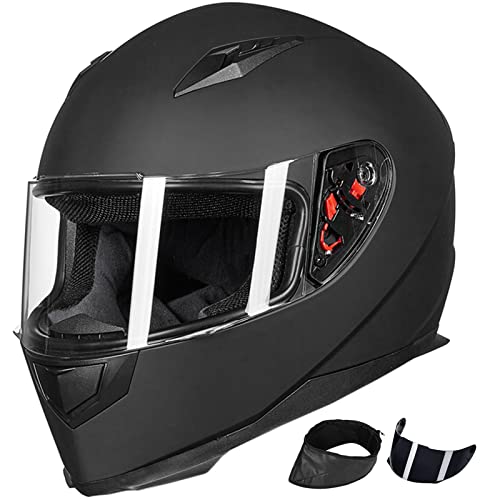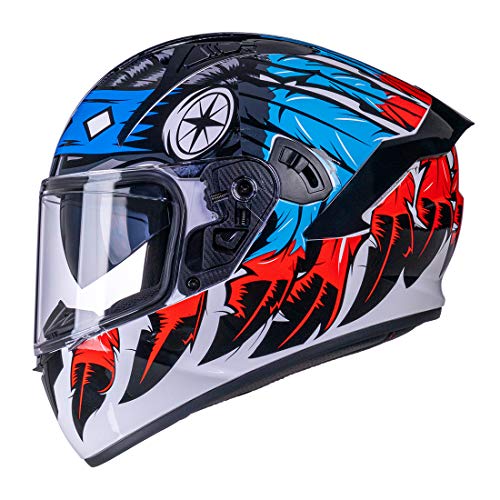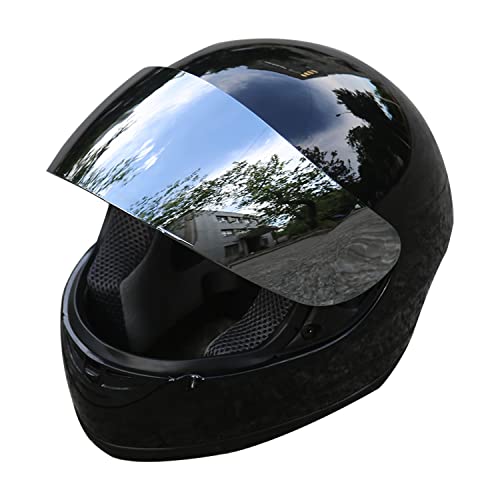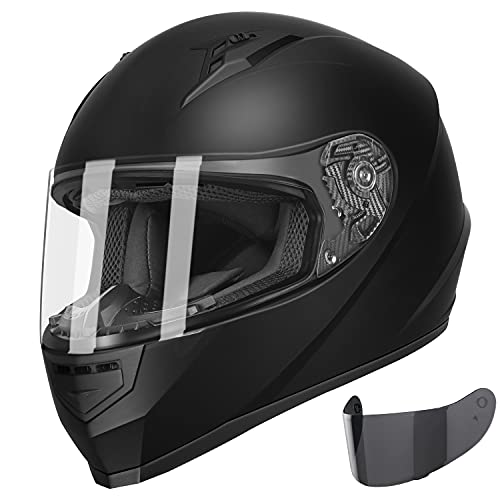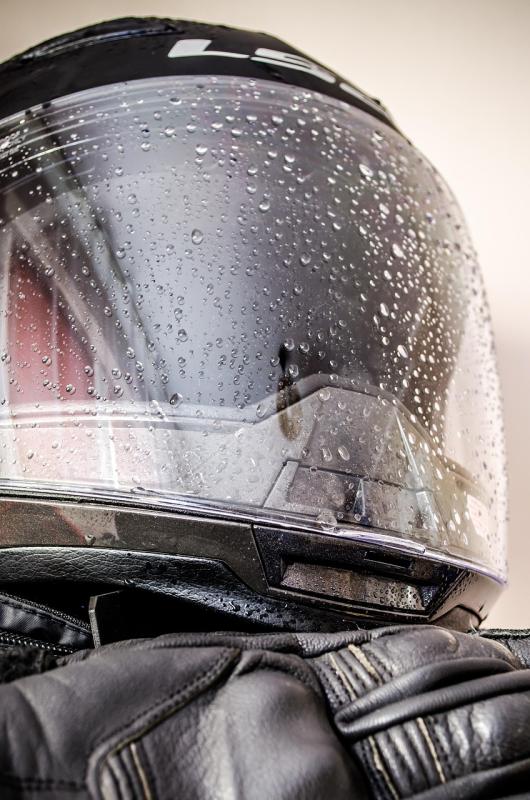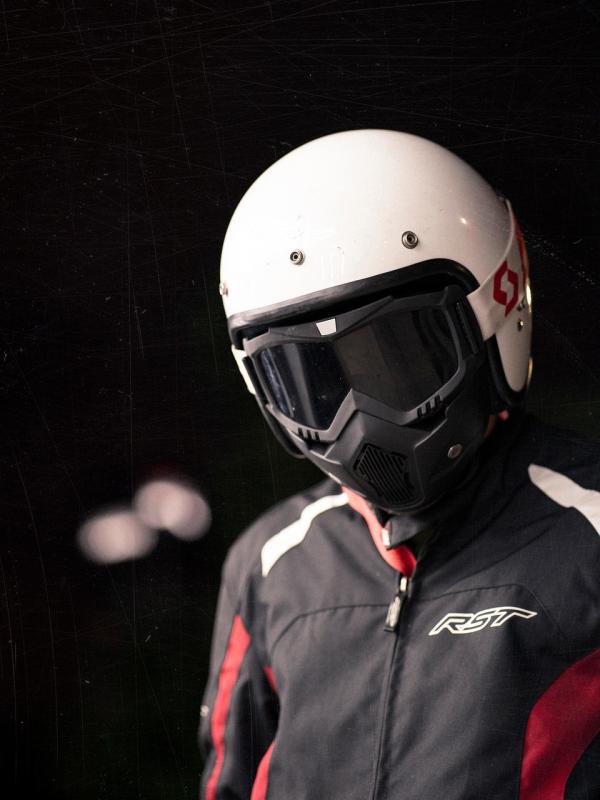When you’re hitting the road on your bike, knowing the basics about motorcycle helmets is key to staying safe and legal. Different states have different motorcycle helmet laws, so understanding what’s required can save you a lot of headaches. Let’s break it down.
First off, it’s crucial to understand that not all helmets are created equal. You want a helmet that meets safety standards, usually marked with DOT certification in the U.S. This shows the helmet has passed some serious tests. Don’t skimp on quality; a reliable helmet can mean the difference between a scary accident and a minor bump.
Now, let’s talk about helmet types. You’ve got full-face, modular, and open-face helmets—each serving different riding styles and preferences. Full-face helmets offer the most protection, while open-face helmets give that wind-in-your-face feeling. Choose what suits your style, but remember, some motorcycle helmet laws might require a full-face option in certain states.
Check your local motorcycle helmet laws as they can vary. Some states have strict laws requiring all riders to wear helmets, while others might only require them for younger riders. A few states even have no helmet laws at all. Knowing your local laws helps you avoid fines and keeps you safe.
Finally, don’t forget about the fit. A helmet should feel snug but not too tight. If it’s uncomfortable, you’re less likely to wear it, and that’s the last thing you want. So try a few on, and find one that feels just right. Your head will thank you!
Key Helmet Laws by State
In California, you must wear a helmet at all times while riding, regardless of your experience level. It's a strict law, but it’s designed to keep you safe. On the flip side, in Texas, only riders under 21 are required to wear a helmet. If you’re over 21, you have the choice to ride without one, as long as you have health insurance coverage.
Florida has a similar approach. Riders over 21 can choose not to wear a helmet as long as they meet certain conditions, like carrying a minimum amount of medical insurance. In contrast, states like New York require all riders to wear helmets, no exceptions.
Don’t forget about states like Illinois and New Hampshire, which don’t have any helmet laws at all. That’s right! Riders in those states can choose to wear a helmet or not. However, just because you can doesn’t mean you should. Riding without a helmet can be risky, so think carefully.
Always check your local regulations since they can change. Staying informed about Motorcycle Helmet Laws ensures you’re riding safely and legally. Plus, it just makes sense to protect your head while you’re out there enjoying the ride!
Milwaukee MPH9808 Ionized Silver Motorcycle Helmet - XL
Experience comfort and protection with the sleek Milwaukee MPH9808 Ionized Silver Helmet designed for riders who value style and safety
Product information
$109.99 $96.46
Product Review Score
4.83 out of 5 stars
121 reviewsProduct links
Safety Standards to Know
When it comes to hitting the road on your motorcycle, safety is key. That's where understanding motorcycle helmet laws comes in. Different regions have different requirements for helmet safety standards, and knowing these can make a big difference in your ride.
Most places follow either DOT (Department of Transportation) or Snell standards when it comes to helmet safety. A DOT-approved helmet means it meets basic safety guidelines set by the government. These helmets are tested for impact and penetration, ensuring they provide a decent level of protection.
On the other hand, Snell-certified helmets go through even more rigorous testing. They focus on high-speed impacts and more extreme conditions. If you want the top level of protection, look for helmets with a Snell sticker inside. Some states even require helmets to meet these standards as part of their motorcycle helmet laws, so make sure you’re in the know.
It’s also worth checking if your state has any specific rules about helmet type or features. Some areas mandate full-face helmets, while others allow half or three-quarter designs. Staying compliant not only keeps you safe but also keeps you on the right side of the law. So, before you ride, make sure your helmet meets your local motorcycle helmet laws.
D.O.T. Daytona Glide Motorcycle Helmet - Black
Ride in style and comfort with the D.O.T. Daytona Glide Motorcycle Helmet for a safer, smoother journey
Product information
$171.95 $154.76
Product Review Score
4.46 out of 5 stars
51 reviewsProduct links
Choosing the Right Helmet for You
Choosing the right helmet can feel overwhelming, especially with all the options out there. But finding the perfect fit isn’t just about looks; it’s about protection and comfort. When diving into the world of motorcycle helmet laws, you’ll want to ensure that your chosen helmet meets the requirements in your state or country.
First off, know what type of helmet you need. There are different styles, like full-face, open-face, and modular helmets. Full-face helmets offer the most protection, while open-face helmets give you a more airy feel. If you like the idea of flipping up the front, a modular helmet might be your best bet. Consider what suits your riding style and comfort level.
When you shop, pay attention to safety ratings. Look for helmets that have passed DOT, ECE, or Snell tests. These ratings mean your helmet has met specific safety standards, which is key when considering motorcycle helmet laws. You don’t want to compromise safety for style.
Don’t forget about sizing! An ill-fitting helmet can be just as bad as no helmet at all. Try on several models and adjust the straps. A good helmet should feel snug but not too tight, and it shouldn’t move around when you shake your head. Remember, your safety matters!
Lastly, think about your budget. There are great helmets at every price point, but remember that this is an investment in your safety. Spend a little time doing your research to find a helmet that fits your needs without breaking the bank. Getting the right helmet means you’ll be ready to hit the road safely and stylishly—just what you need to enjoy your ride!

